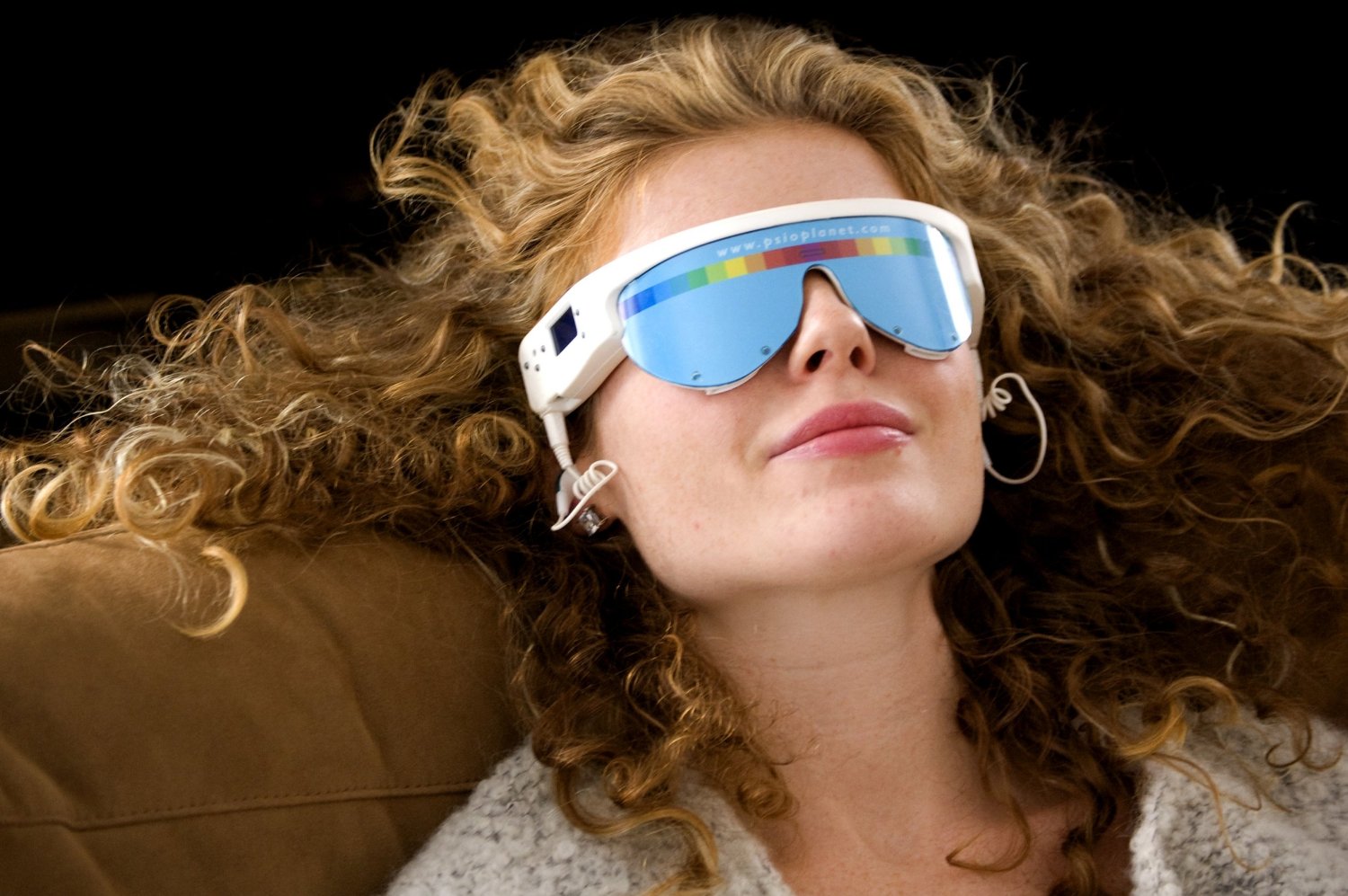
Try and wrap this one around your noggin. Samsung is currently working with researchers at the University of Texas on a project involving EEG caps that harnesses the power of one's mind to control tablets and smartphones, and if that weren't enough, the company's actually hoping to take it mainstream. Now, before we get too far ahead of ourselves, let's be clear: in its current stage, the system is cumbersome and aimed at those with disabilities, but Samsung's already proven that it's interested in alternative input methods, and this could certainly be the logical conclusion.
As is, participants are asked to wear EEG caps that measure the electrical activity along their scalp. Then, they're able to make selections by focusing on an icon that flashes at a distinct frequency from others, which the system recognizes as a unique electrical pattern. Overall, the accuracy of the system is in the ballpark of 80 to 95 percent, and users are able to make selections on average of every five seconds. In order to make the system more approachable, the researchers hope to develop EEG hats that are more convenient and less intrusive -- in other words, ones that people can wear throughout the day. We can't promise this type of futuristic tech will come anytime soon, but for a closer peek, hit up the source link for a peek at Samsung's next wild idea.
Filed under: Science, Samsung
Comments
Via: BGR
Source: MIT Technology Review
 Ahhh, the holidays. What a lovely time of year to catch up with the extended family and do a quick bit of shopping at enormous discounts. The truth of the situation, however, is often less relaxing than it sounds. Family get-togethers can be taxing,...
Ahhh, the holidays. What a lovely time of year to catch up with the extended family and do a quick bit of shopping at enormous discounts. The truth of the situation, however, is often less relaxing than it sounds. Family get-togethers can be taxing,...
 Ahhh, the holidays. What a lovely time of year to catch up with the extended family and do a quick bit of shopping at enormous discounts. The truth of the situation, however, is often less relaxing than it sounds. Family get-togethers can be taxing,...
Ahhh, the holidays. What a lovely time of year to catch up with the extended family and do a quick bit of shopping at enormous discounts. The truth of the situation, however, is often less relaxing than it sounds. Family get-togethers can be taxing,...




















